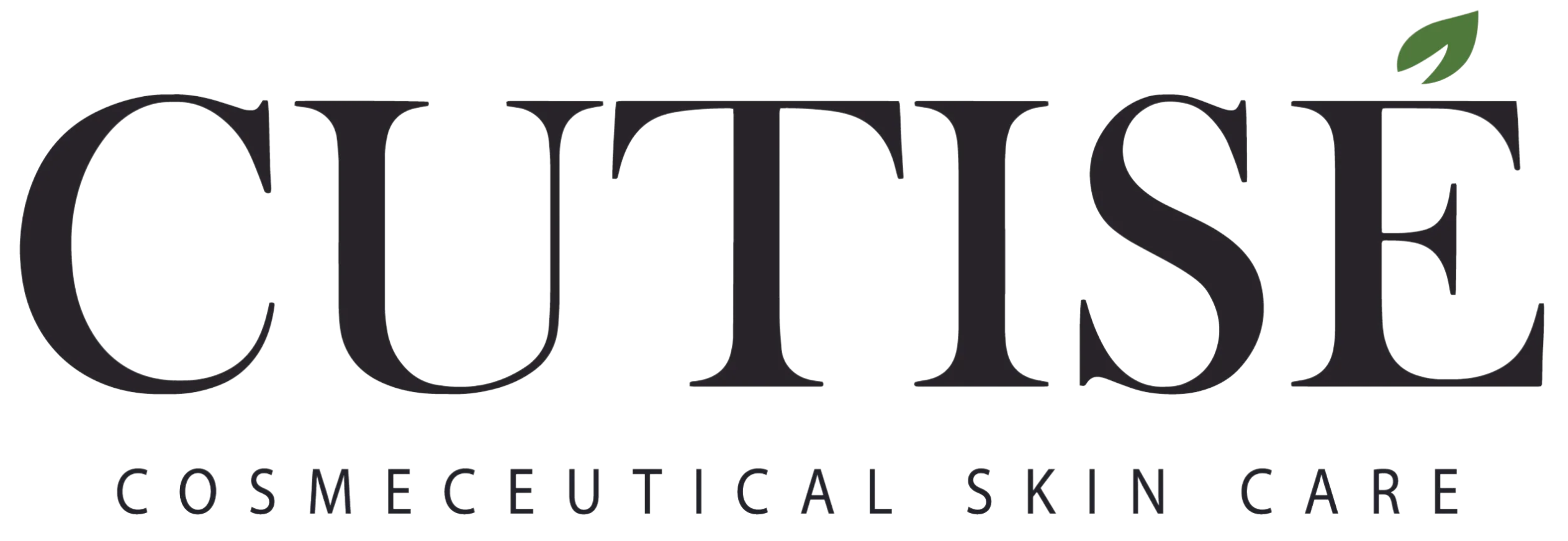The Role of Antioxidants

Free radicals, or reactive oxygen species (ROS), play a big role in how our skin ages, both from inside the body and from external factors. These unstable molecules can come from things like sun exposure, toxins, or pollution. When our body’s natural defenses can’t keep up with the production of free radicals, it leads to oxidative stress. This stress can seriously damage our skin by attacking cells, proteins, and DNA, messing with their functions.
As we age, free radicals cause problems in both the outer layer (epidermis) and the deeper layer (dermis) of our skin. The epidermis can get weaker, leading to more moisture loss and a compromised barrier. At the same time, the dermis loses vital stuff like collagen, elastin, and hyaluronic acid, making the skin thin, fragile, and saggy. This shows up as dryness, dullness, and fine lines.
Too much UV exposure is a major culprit in creating free radicals, speeding up aging in a process called photoaging. This results in age spots, uneven skin tone, and other visible signs of aging.
To combat against free radicals, it’s key to use antioxidants in your skincare routine. Antioxidants neutralize free radicals and prevent them from causing more damage. They help keep your skin’s oxidative balance in check and protect against faster aging.
One standout antioxidant is ASTAXANTHIN. Found in marine life like algae, krill, and salmon, astaxanthin is incredibly powerful—way more so than vitamin C or E. It’s great at neutralizing different types of free radicals, including those from UV exposure. This makes it a fantastic ingredient in anti-aging products, helping to protect your skin’s structure and keep it looking youthful.
Free radicals are tough opponents in the aging game. Their damage to our skin underscores why antioxidants are so important. By using powerful antioxidants like astaxanthin, we can fight free radicals, reduce oxidative stress, and keep our skin looking healthy and young.
Disclaimer: The content above is provided for informational purposes only. It doesn't imply any therapeutic effects and it should not be taken as professional medical advice.









